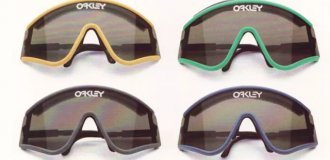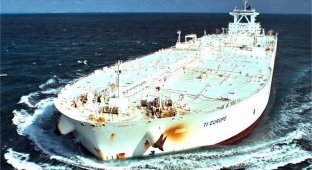How did “half-submerged” ships appear and why are they being built? (8 photos + 2 videos)
What do you think of when you hear the phrase "cargo Ship"? Most likely some container ship or, be maybe an oil tanker. It is unlikely that you will come up with an image something as specific as a heavy truck, especially with a semi-submersible design. 
How did heavy ships appear?
An urgent need to transport something in large volumes oversized first appeared in the early 20th century. German shipping the DDG Hansa company in the 1920s noticed a rapidly growing demand for deliveries of locomotives from Europe to British India. The only catch was that the locomotives had to be transported assembled. 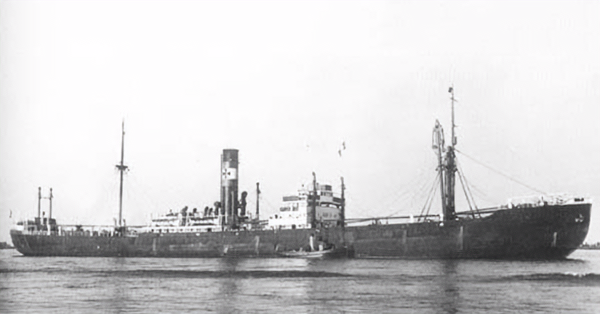
As a result, specifically for this task, it was decided at the shipyard in Bremen to build a ship called Lichtenfels, which eventually launched in 1929. Its length exceeded 160 meters, width - almost 19 meters, and draft - 8.5 meters. It was equipped with a jib crane with with a carrying capacity of 120 tons. 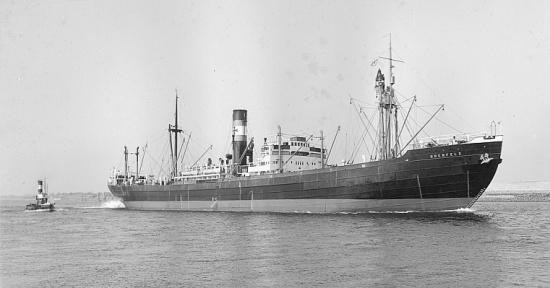
Lichtenfels called at the port, where there was a branch of the iron roads. Then the workers use the crane directly from the rail lifted the locomotive and carried it on board the ship. Unloading took place in reverse order. Lichtenfels adequately coped with their tasks, so in the next 2 years DDG Hansa built 3 more quite similar heavy trucks on top of each other. At that time it seemed that such ships on the shoulder of any load and any possible task, but everything has changed a lot several decades later.
When did they start building semi-submersible ships? 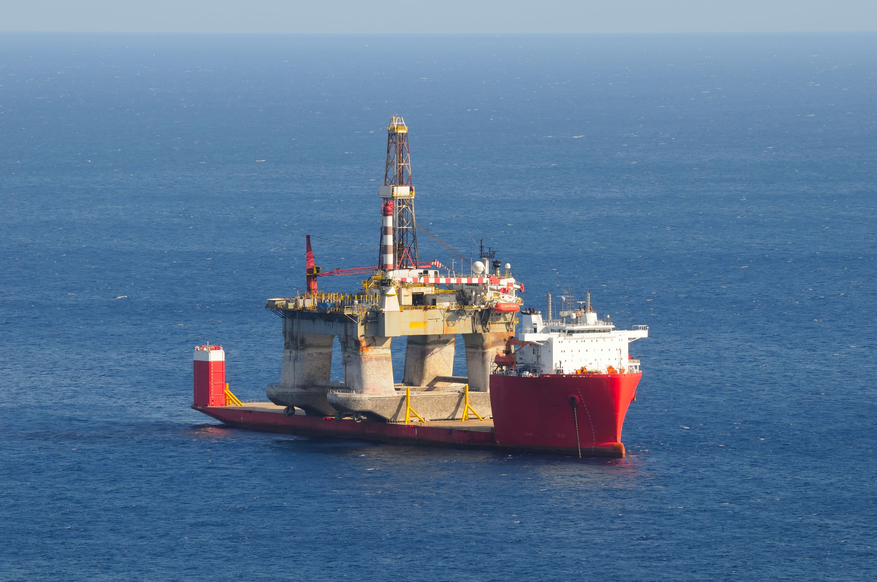
Semi-submersible vessels are a special category of heavy carriers. They are not transport oil, but they owe their appearance, oddly enough, development of the oil industry. Offshore drilling platforms for production oil and gas began to build in the late 1940s. First they presented a stationary structure, which was erected where the depth is not exceeded several tens of meters. 
But a further increase in demand for petroleum products forced companies to look for oil in increasingly remote areas, and already in the 1960s years, the water layer under the platforms reached a couple of hundred meters. Build such deep-sea stationary structures were unprofitable, therefore semi-submersible floating platforms have been developed. They were built on land, and delivered to the site by tugs. It was long, expensive and not especially reliable: the deterioration of the weather during transportation created platform threat. 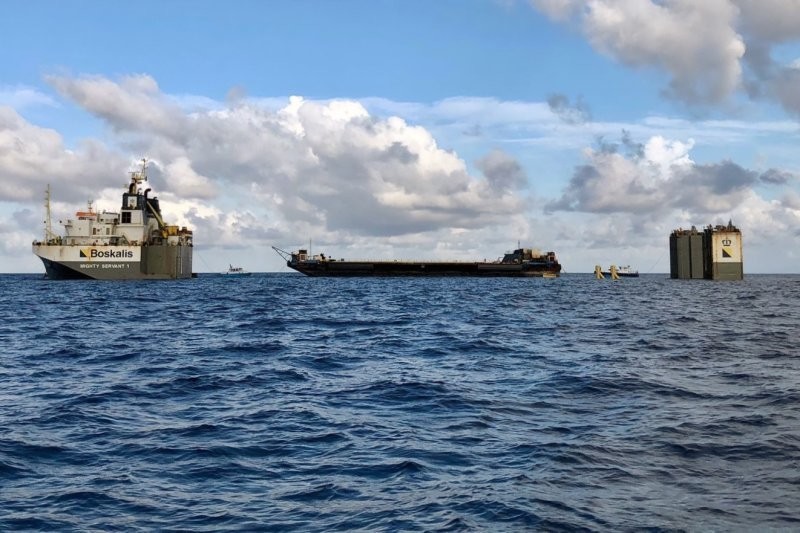
Nevertheless, this went on for about 20 years, until in 1983 for the quick and safe transportation of semi-submersible platforms have not been created ... semi-submersible ship - Dutch Mighty Servant 1. The length of this "baby" - 190 meters, width - 50 meters, and load capacity - 29,000 tons.
What is such a vessel capable of?
The main task of a modern heavy truck is to pick up on the shore oil platform and deliver it by sea to the right place. There's a ship immersed in water for ~ 20 - 30 meters, so that the platform is on the water and did not touch the deck of the heavy truck with its "bottom". Thereafter the heavy truck sails to the side, then pops up and goes home. 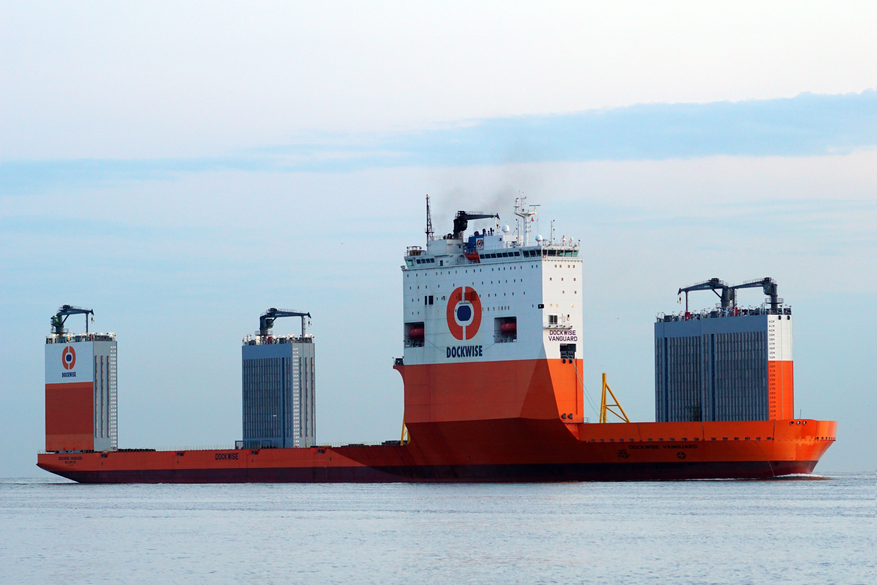
Over time, for such unusual ships, there was also additional work - transportation of other completely oversized cargo. For example, ships that, due to their technical condition, are not able to get to the desired harbor on your own. Another function of these vessels is it is the organization of a dry dock in which other ships can pass Maintenance. 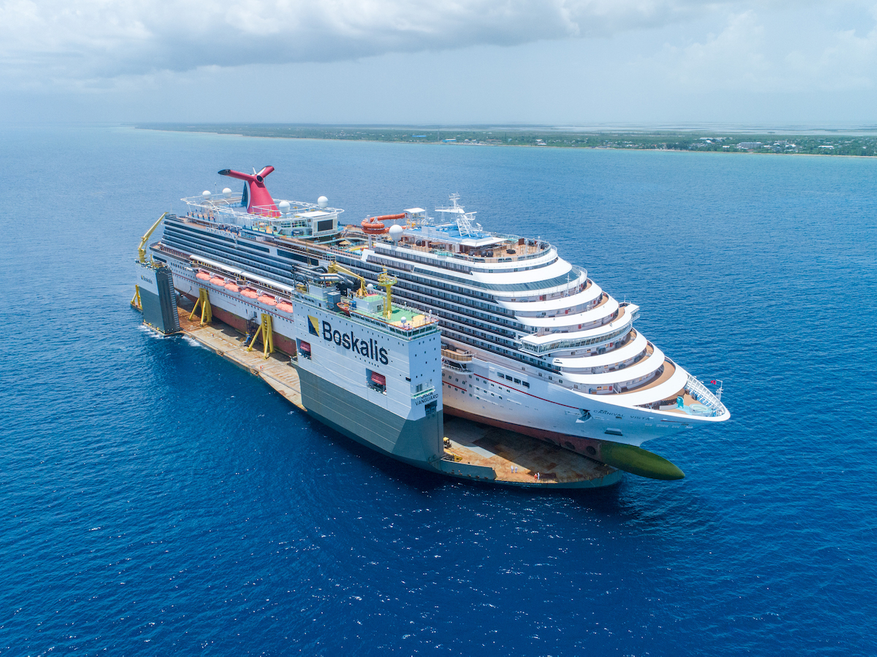
The largest "semi-submerged" ship at the moment is Dutch BOKA Vanguard. With dimensions of 275 x 79 meters, he shoulder to move loads weighing up to 116,000 tons. This giant was lowered for water in 2012, its cost was $240 million.
Conclusion
Semi-submersible heavy trucks are specific vessels that have become built since the 1980s. They are indispensable for the transportation by sea of all what cannot be transported on other cargo ships, buso drilling platform or ocean liner. Ability to partially submerge under water is used exclusively for loading and unloading. For diving part of the holds is filled with sea water, which is pumped out during the ascent. This allows you to take on board objects, the mass of which makes them unliftable for any cranes.


